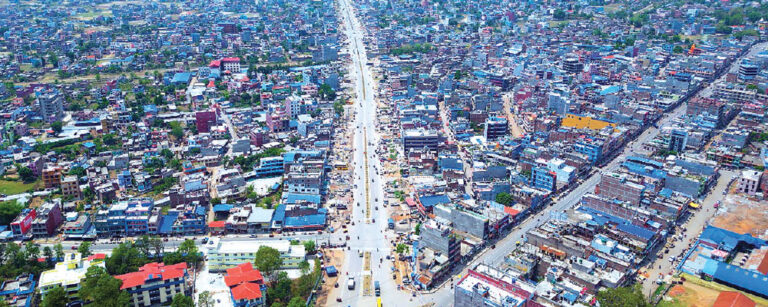Welcome to a land where history whispers from ancient stones, and the landscape is as diverse as the tales of its people. Dailekh District, situated in the heart of Karnali Province, is a mosaic of cultural heritage and natural splendor. With a tapestry of ethnic groups, it’s a district that has preserved its past and embraced the future. Let’s embark on a journey through Dailekh, exploring its serene beauty and the warm hearts of its inhabitants.
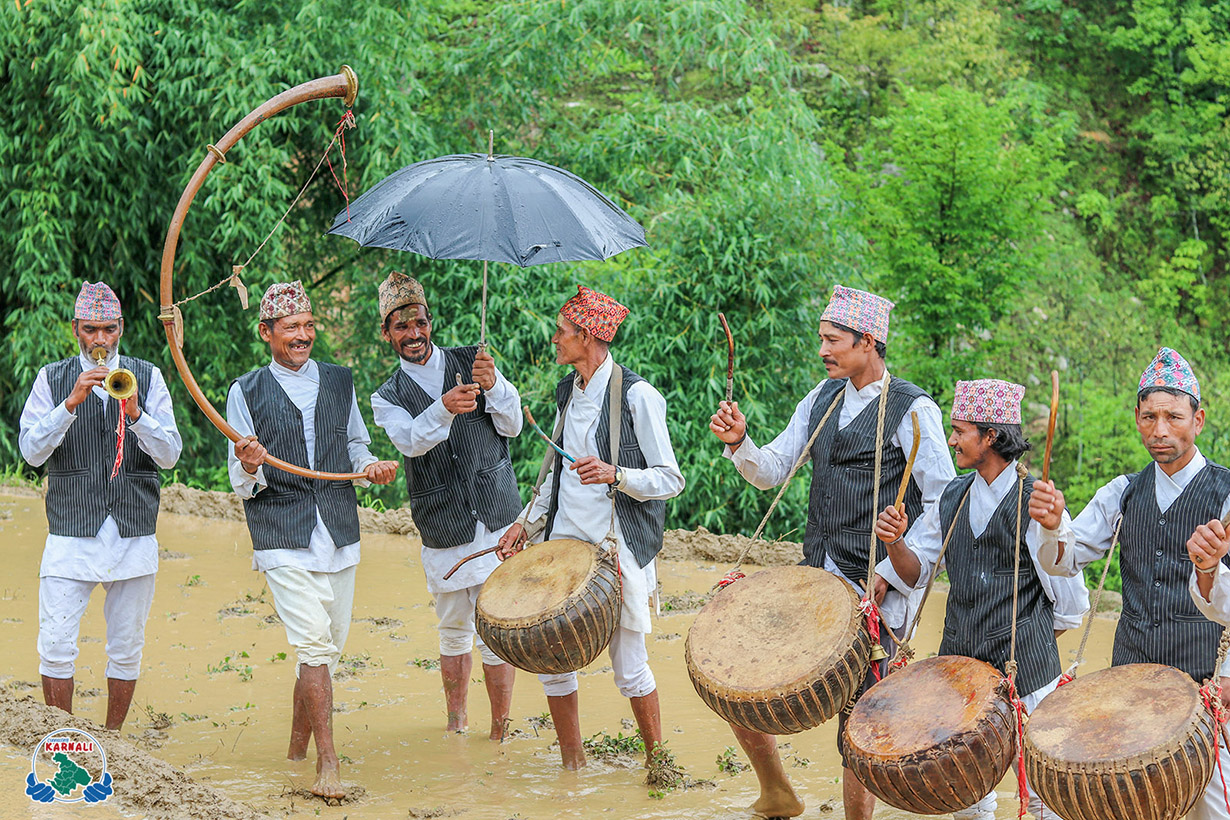
The Heartbeat of Dailekh
The pulse of Dailekh District can be felt in its headquarters, Narayan, a town that stitches the essence of modernity with the threads of tradition. Dailekh is cradled amidst neighbors such as Jajarkot and Kalikot, within the vast embrace of the Karnali Province. The district enjoys a temperate climate, a blessing of its varied elevation, which ranges from the green caress of the Mahabharat Range to the rugged arms of the mid-hills. This climatic diversity ensures that a visitor can experience a pleasant medley of weather patterns, often within the span of a single day.
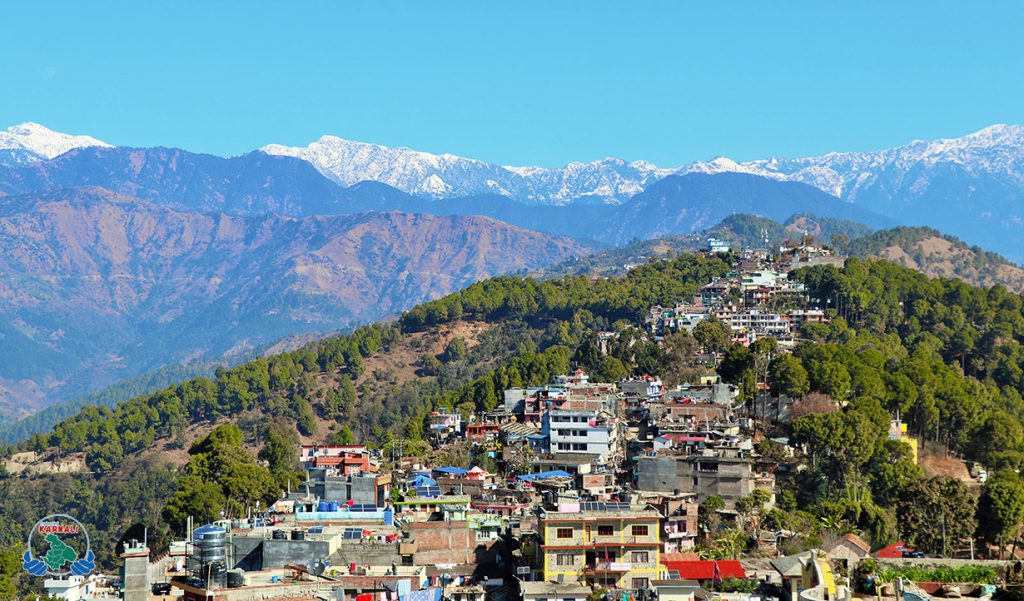
The name ‘Dailekh’ itself whispers tales of yore, with ‘Dai’ meaning ‘hill’ and ‘Lekh’ meaning ‘base,’ collectively alluding to its stature as the ‘Valley of the Gods.’ Indeed, to tread on Dailekh’s soil is to wander through a divine narrative etched over millennia. Within this narrative, the district is a canvas, with each ethnic group adding vibrancy to the cultural mosaic. Nepali is spoken here, yes, but with inflections and nuances unique to this locale, turning the language into a dialect that sings of the hills and dances with the wind.
The demographic quilt of Dailekh is rich with patterns made up of various ethnicities and castes, from the industrious Chhetri, the largest group, to the Magar, known for their martial history, and the Thakuri, whose regal ancestry is intertwined with the very creation of the nation. These communities are bound by tradition yet propelled by the winds of modernity, engaging in daily exchanges that are as much a celebration of their individual identities as they are of their unity as Dailekh’s children.
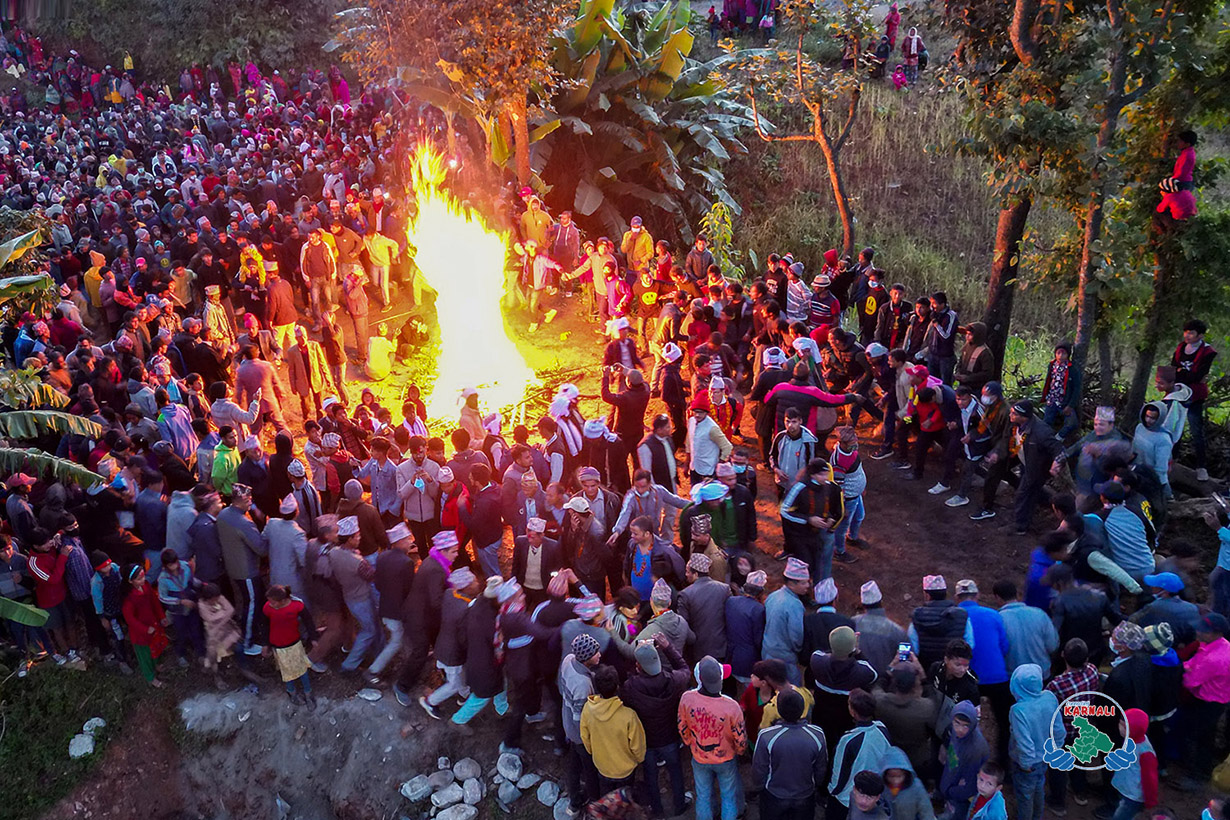
It’s this union of past and present, of tales and truths, that gives Dailekh its unique rhythm—a rhythm that is mirrored in its landscapes and languages, in the daily lives of its people, and in the very air that breathes life into its streets and markets. In Dailekh, history is not a relic but a living, breathing presence that accompanies you as you walk through the bazaars, listen to the folklore, and participate in the vibrant tapestry of local life.
Local Governance and Neighborhoods
In the tapestry of Nepal’s administrative structure, Dailekh District stands out with a robust framework of local governance. It is segmented into eight local units, each acting as a dynamic cog in the region’s developmental machine. These include notable areas such as Bhagawatimai, Dullu, Thantikandh, Dungeshwor, Aathabis, Naumule, Mahabu, and Chamunda Bindrasaini. Each of these governments functions as an autonomous entity, equipped to cater to the needs of its populace, from infrastructure and healthcare to education and cultural conservation.
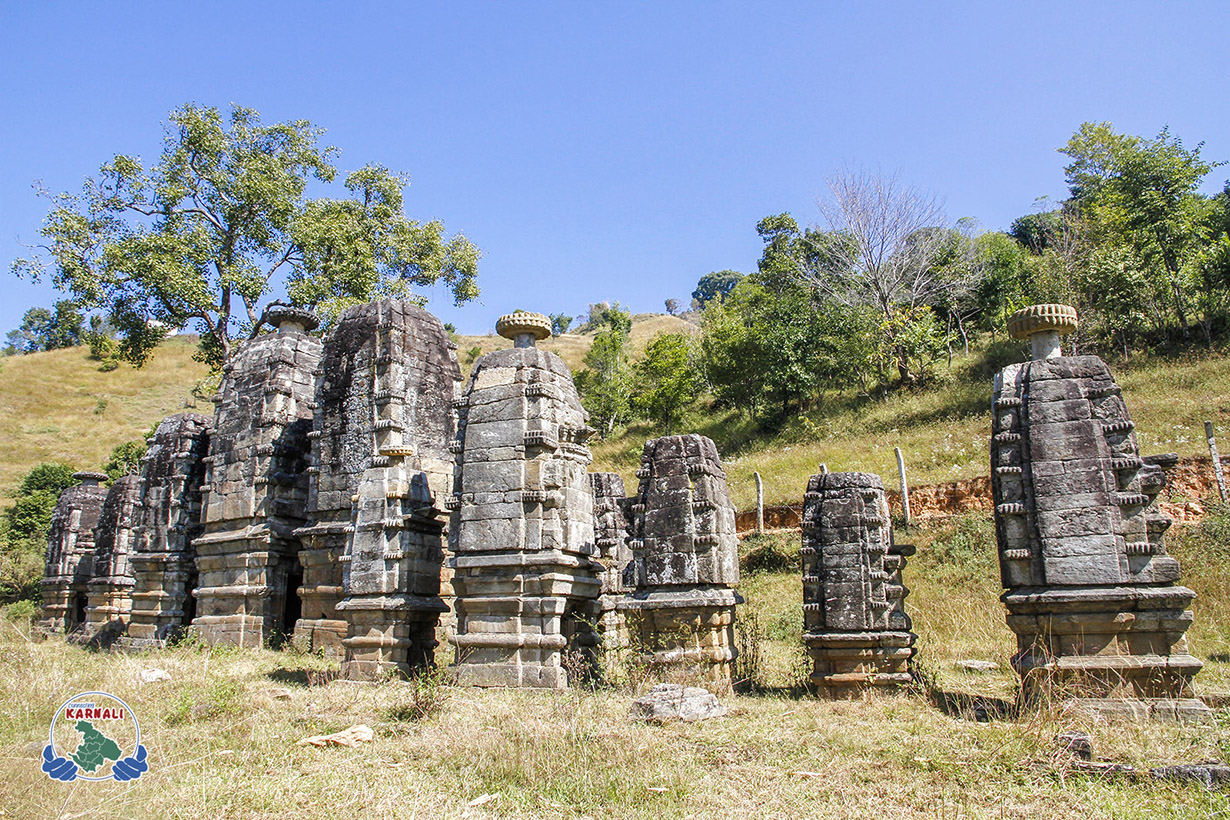
These local bodies are the engines of progress, driving the district towards modernization while preserving its rich cultural heritage. Bhagawatimai, for instance, is not just a name on the administrative map; it is a repository of local lore, a place where festivals turn into grand spectacles of communal harmony. Similarly, Dungeshwor, with its verdant landscapes and sacred sites, captivates both the spirit and senses of locals and travelers alike.
The local governments also foster a sense of community by encouraging participation in governance and local festivals, which are both a spectacle and a nucleus of Dailekh’s communal spirit. They are where traditions are passed down, and local decisions are made, affecting the daily lives of the residents. Through festivals like Dashain and Tihar, local governance units not only uphold age-old traditions but also provide a boost to the local economy, stimulating business for artisans, farmers, and shopkeepers.
In essence, the local governance structure of Dailekh District is more than just a bureaucratic setup; it is the embodiment of grassroots democracy. It is a symphony of eight different notes, each playing its part to create a harmonious melody of development and tradition that resonates throughout the hills and valleys of this serene land.
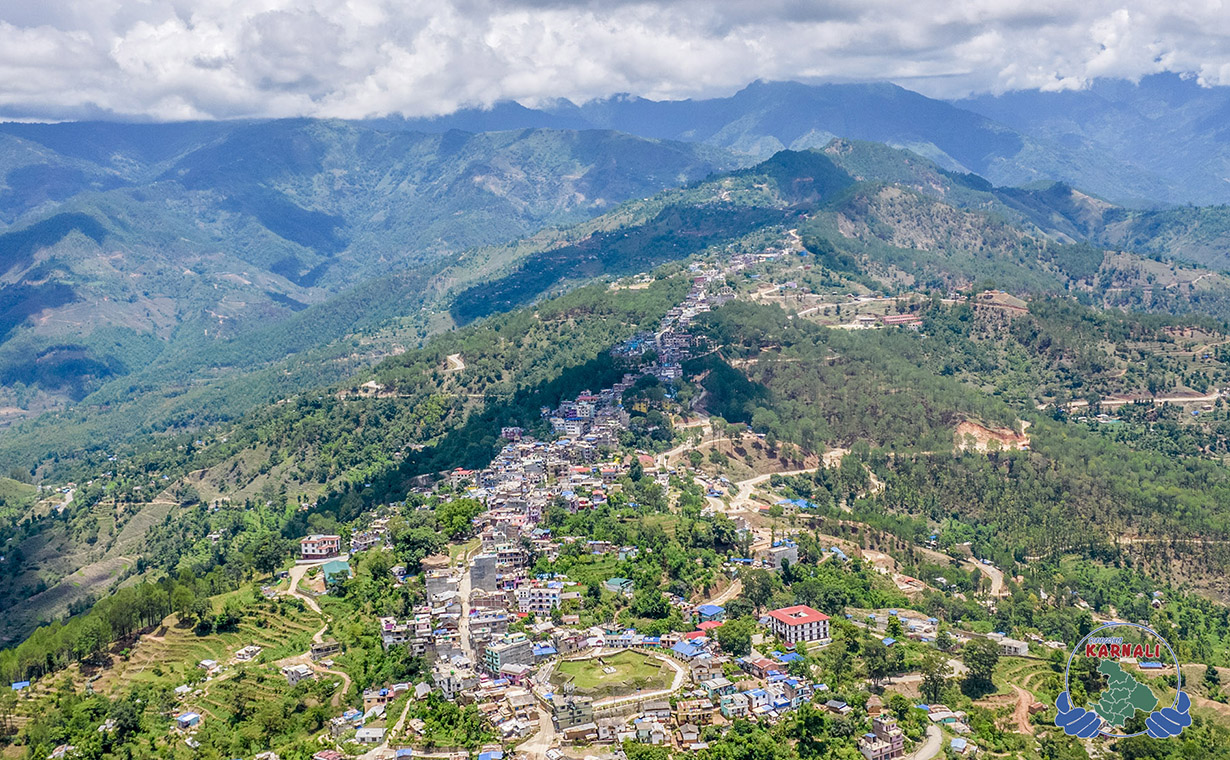
Dailekh’s Palette of Attractions
Dailekh, a hidden gem nestled in the Karnali Province, is a treasury of natural and cultural attractions. The district boasts a canvas where each attraction paints a stroke of wonder, history, and beauty. One cannot talk about Dailekh without mentioning the sacred Bhairavi Temple, an ancient sanctuary that stands as a sentinel of spirituality and history. It is a place where the past and present coalesce, offering a tranquil refuge for pilgrims and a captivating site for history enthusiasts.
Moreover, Dailekh is home to the serene Bulbule Lake, named aptly as ‘Bulbule’ translates to ‘bubble’ in Nepali, reflecting the crystal-clear water’s purity. The lake is ensconced within lush greenery, offering a peaceful retreat and a moment of reflection for those who visit. Its shores are a haven for picnickers and nature lovers, with the reflections of the sky and trees in its waters painting a picture of ethereal beauty.
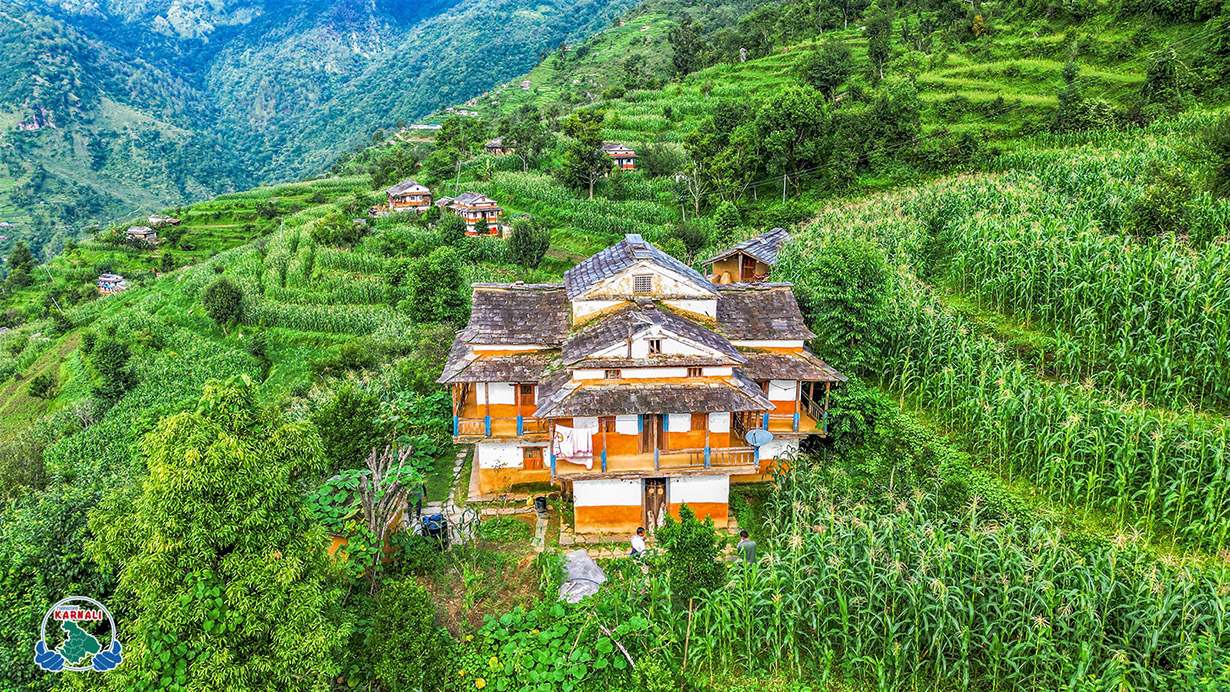
But Dailekh’s allure doesn’t end with temples and lakes. It is dotted with historical forts like the Kotgadhi Fort, perched on hilltops, whispering tales of valor and ancient governance. The Raniban, or ‘Queen’s Forest,’ is another natural sanctuary, offering a verdant escape with panoramic views that can make one forget the passage of time. Each site in Dailekh is a story, a piece of art, and a natural spectacle, ready to be discovered and cherished by those who wander into its embrace.
The district also teems with less trodden paths leading to the Kailash Cave, one of the longest caves in Asia, promising an adventure for the brave and the curious. The thrill of exploring this subterranean wonder is akin to unraveling the secrets of the earth, one chamber at a time. Whether it’s the reverence within the walls of the Dullu Durbar, with its regal aura and architectural splendor, or the cascading rhythms of the Gajra Waterfall, each location in Dailekh is a testament to its multifaceted appeal. To visit Dailekh is to embark on a journey through a spectrum of breathtaking sceneries and profound cultural experiences—a true palette of attractions.
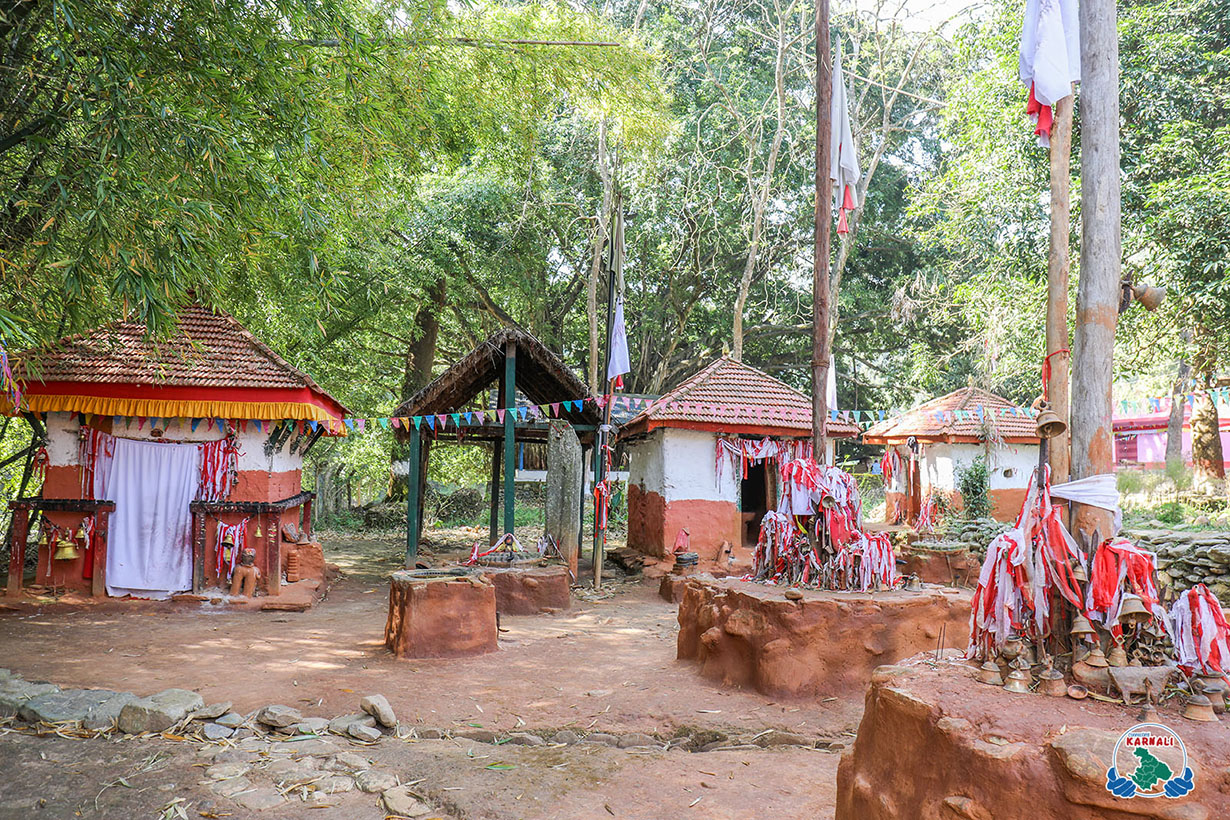
Must-Visit Spots in Dailekh
Embarking on a journey to Dailekh District presents the adventurous soul with an array of destinations that are as enriching as they are enchanting. Here are some spots that should top the itinerary of any traveler:
- Kotgadhi Fort – This historical edifice is not merely a structure of stone and mortar; it is a bastion of the stories of yesteryears. Perched on a hilltop, the Kotgadhi Fort has seen centuries unfold and has withstood the tests of time, serving as a commanding presence that has safeguarded the tales of valor and ancient intrigue. A visit here is a step back in time, an opportunity to walk through the corridors of history and to gaze out from its ramparts, pondering the life of a bygone era.
- Raniban – Known as the ‘Queen’s Forest,’ this verdant expanse is a tapestry of nature that beckons the explorer within. It’s a hiker’s Eden, with trails that meander through dense foliage, opening up to vantage points offering views that would make poets sigh. The panoramic splendor from atop these trails isn’t just seen; it’s felt—with every breath of the crisp, mountain air filling the lungs and every sight that imprints itself upon the heart.
- Dailekh Bazaar – The heartbeat of the district can be felt strongest in the Dailekh Bazaar. It’s a microcosm of the district’s rhythm, a place where the daily hustle is not just heard but seen and experienced. Here, vendors offer a cornucopia of local produce, handcrafted goods, and the warmest of smiles. To stroll through this bazaar is to weave through a kaleidoscope of local flavors, vibrant colors, and the indomitable spirit of Nepali commerce. It’s where you find the pulse of Dailekh’s community life, where each transaction is as much a trade of goods as it is of stories and greetings.

These spots are not just places on a map but are the essence of Dailekh’s soul—each offering a unique experience and story waiting to be uncovered by the discerning traveler.
Literacy, Language, and Legacy
In the heart of Dailekh, education is not merely a process but a celebrated journey that bridges the past with the future. The literacy rate in Dailekh District is a badge of honor, showcasing the emphasis on learning and the importance placed on equipping the younger generation with knowledge. Schools dot the landscape, echoing with the voices of students who delve into texts, not just to pass examinations, but to become the harbingers of tomorrow’s Nepal.
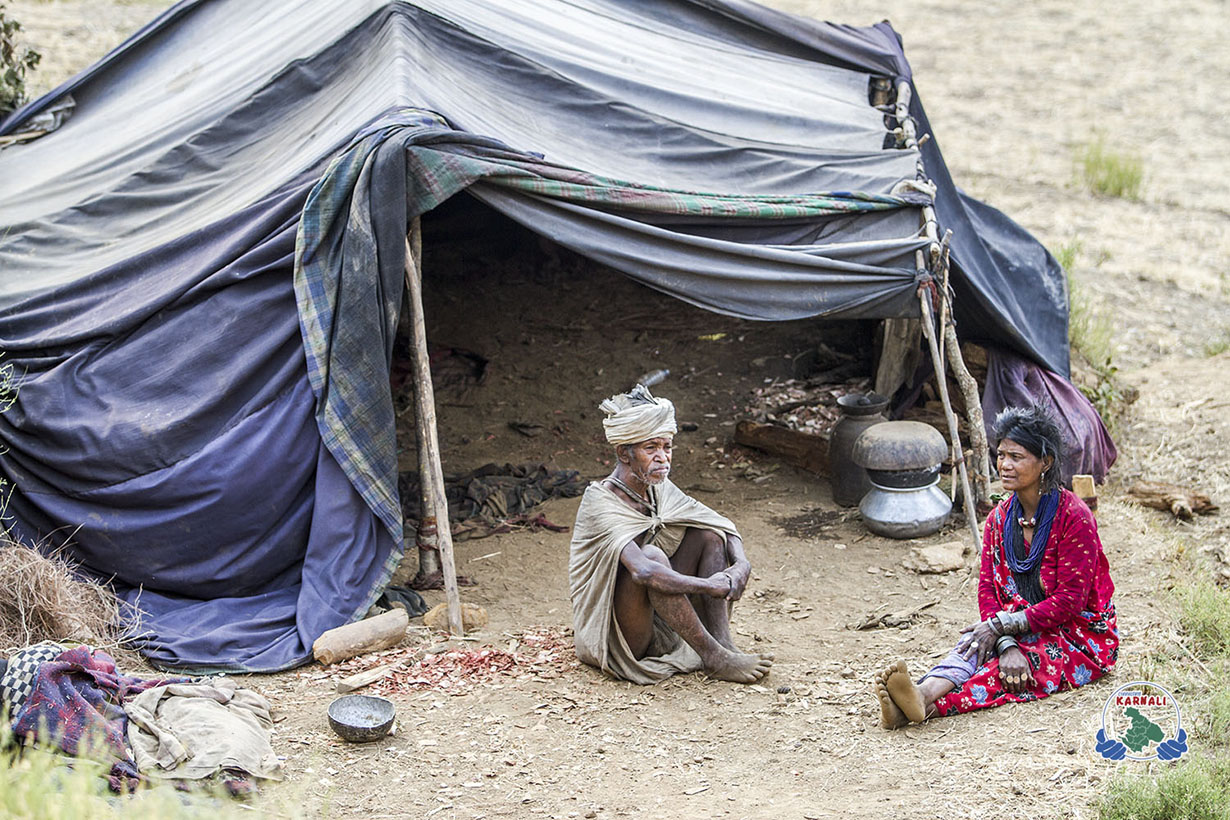
The local language here is more than a medium of communication; it’s a treasure trove of the district’s rich tapestry of customs and legacies. While Nepali is widely spoken, it’s the nuances of local dialects that add color to the daily conversations. Each phrase and idiom carries the weight of history and the warmth of local lore. Ethnicity plays a significant role in this linguistic mosaic, with various castes and communities adding their unique linguistic threads to the vibrant cultural quilt of Dailekh.
Dailekh’s legacy is deeply intertwined with its spiritual heritage. Hinduism and Buddhism are not just religions; they are the philosophies that define the way of life here. Temples and monasteries stand as serene testaments to a spirituality that transcends mere faith, fostering a community where religious festivals and rituals are a collective expression of reverence and joy. The coexistence of these religions is a harmonious symphony that resonates with the ethos of tolerance and peace—a true reflection of the district’s soul.

Thus, Dailekh District is a microcosm where literacy, language, and legacy converge to create a unique cultural identity. It is an identity marked by a commitment to the growth of the mind, the preservation of dialects and traditions, and a shared spiritual vibrancy that binds the community with threads of shared beliefs and mutual respect.
Frequently Asked Questions
The district welcomes visitors year-round, but the best time to visit is from September to November when the weather is most pleasant.
Definitely try the dhido and gundruk, traditional foods that are not just meals but a reflection of Dailekh’s gastronomic heritage.
Yes, the Jhankri dance and Maghi festival are amongst the many vibrant celebrations that you should not miss.
From homestays that offer a true local experience to comfortable guesthouses, Dailekh has something for every traveler.
With recent developments, transportation within Dailekh has improved, making it easier for travelers to explore its beauty.
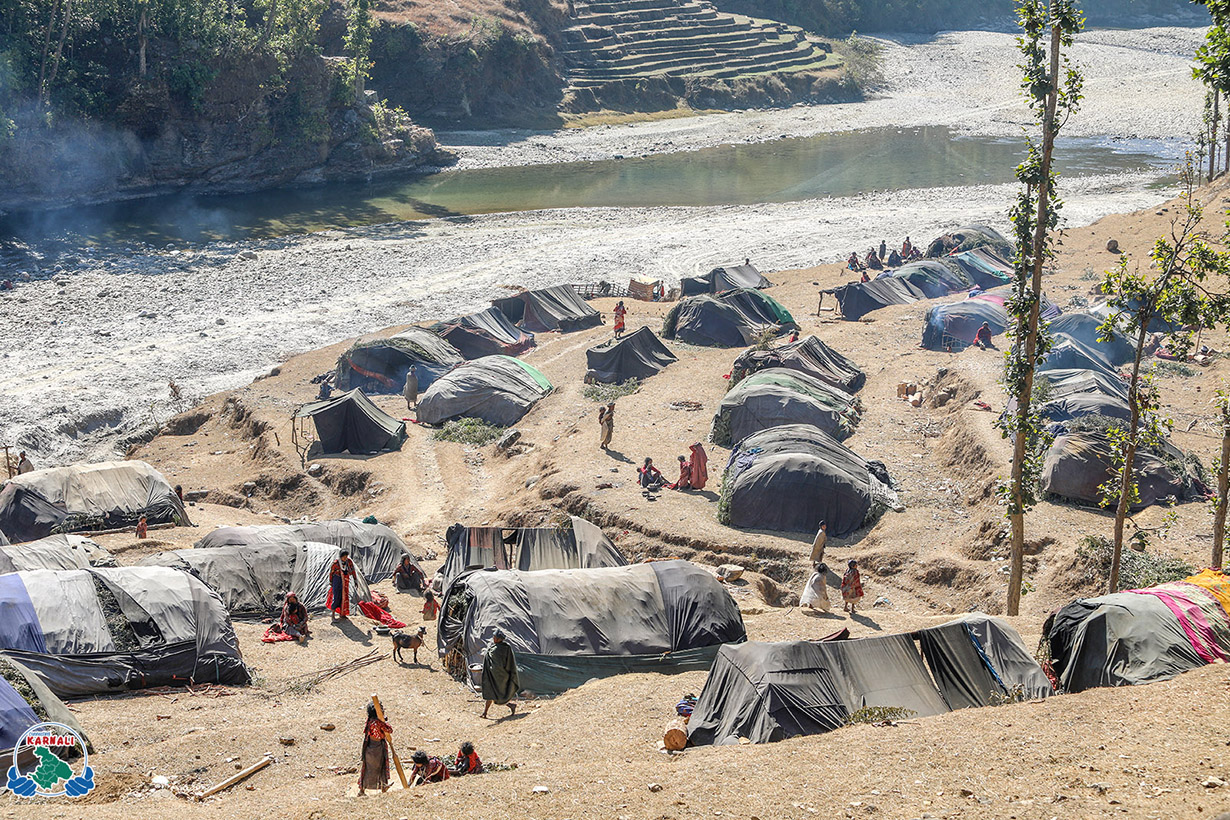
As I conclude this post, my heart is full of the melodies of Dailekh’s rivers, the shades of its forests, and the echoes of its history. Dailekh District is more than a destination; it’s a narrative that everyone should experience. Whether you’re a history enthusiast, a nature lover, or a soul seeking tranquility, Dailekh welcomes you with open arms and promises an adventure that will be etched in your heart forever.
If you know any more places where we can visit or any other information then feel free to comment or message us.
You can find article in Nepali language here.
Watch videos of different places on YouTube channel named as THE SANDESH NEUPANE or click here.
All the photo copyright to the respective owner. For any querry or anything related to copyright mail me with proof at sandesh@thesandeshneupane.com or admin@thesandeshneupane.com .






